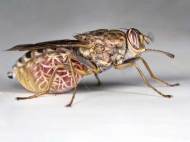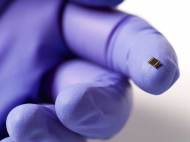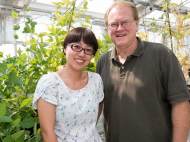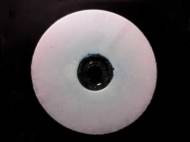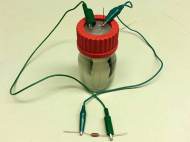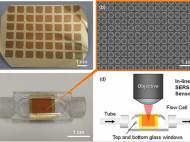Lasers test potable water automatically on the spot
 Researchers at the Fraunhofer Institute have used a quantum cascade laser, a particular type of infrared laser, in analysis equipment that can automatically test samples of drinking water for contaminants. This technology analyzes water samples at the waterworks itself, and it needs only a couple of minutes to determine whether water contains any impurities and… »
Researchers at the Fraunhofer Institute have used a quantum cascade laser, a particular type of infrared laser, in analysis equipment that can automatically test samples of drinking water for contaminants. This technology analyzes water samples at the waterworks itself, and it needs only a couple of minutes to determine whether water contains any impurities and… »

